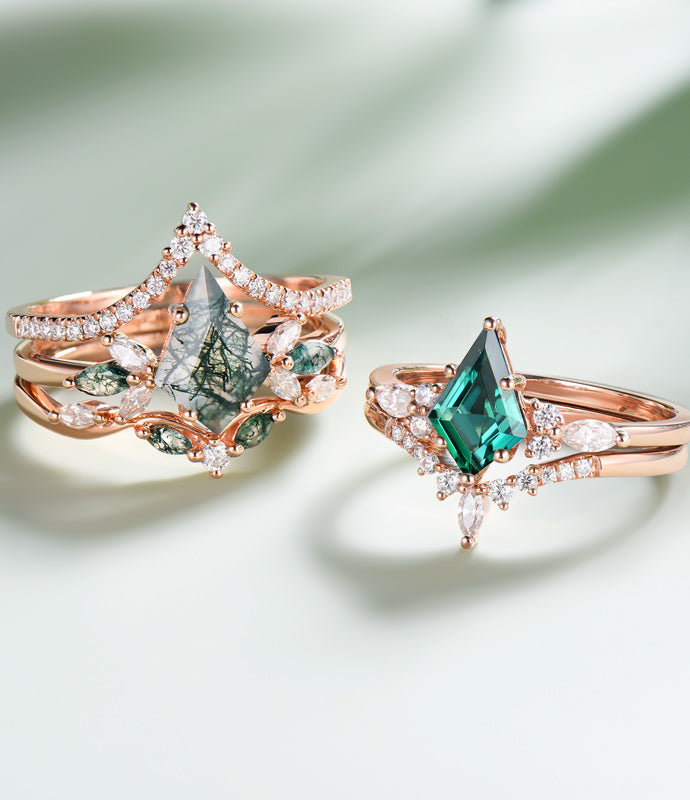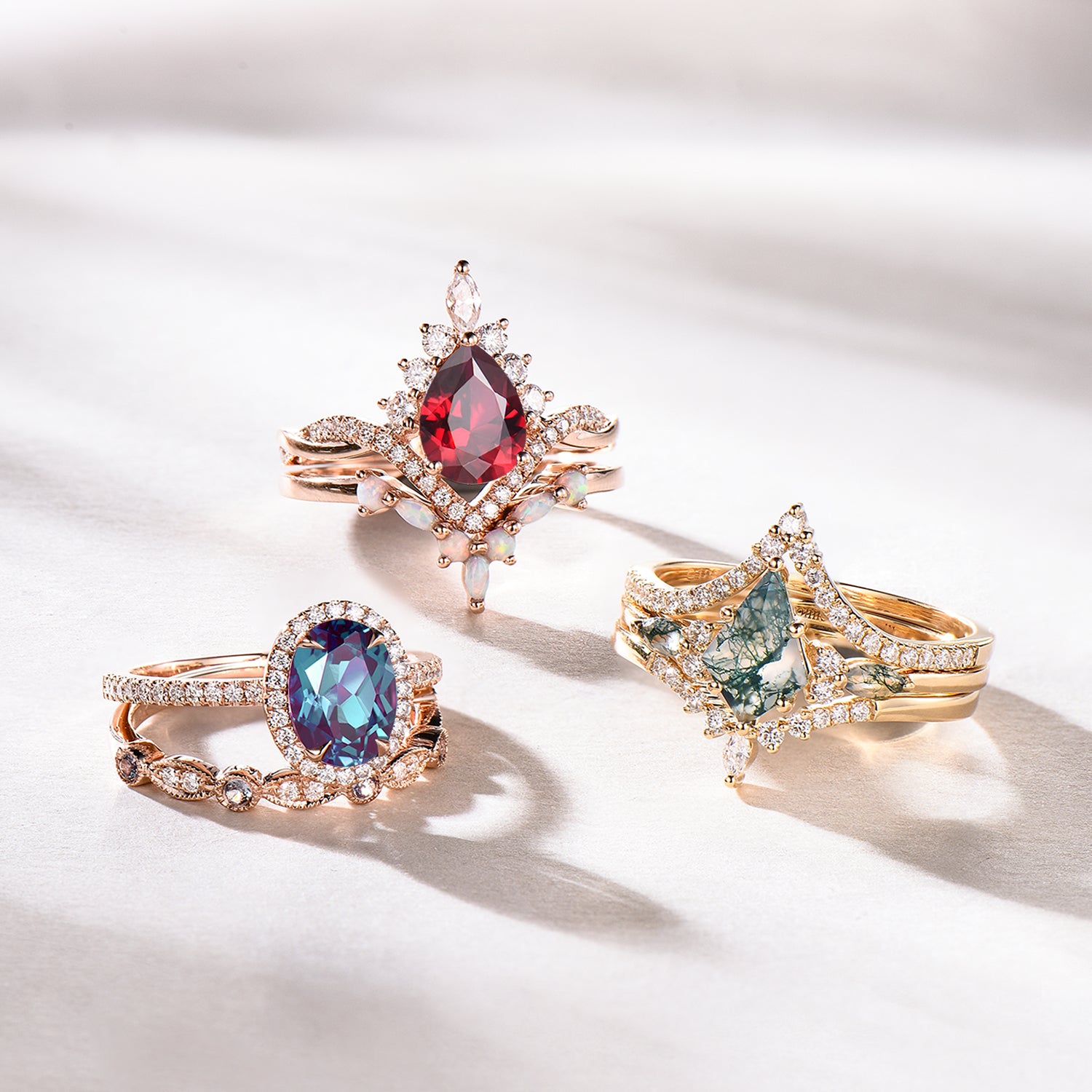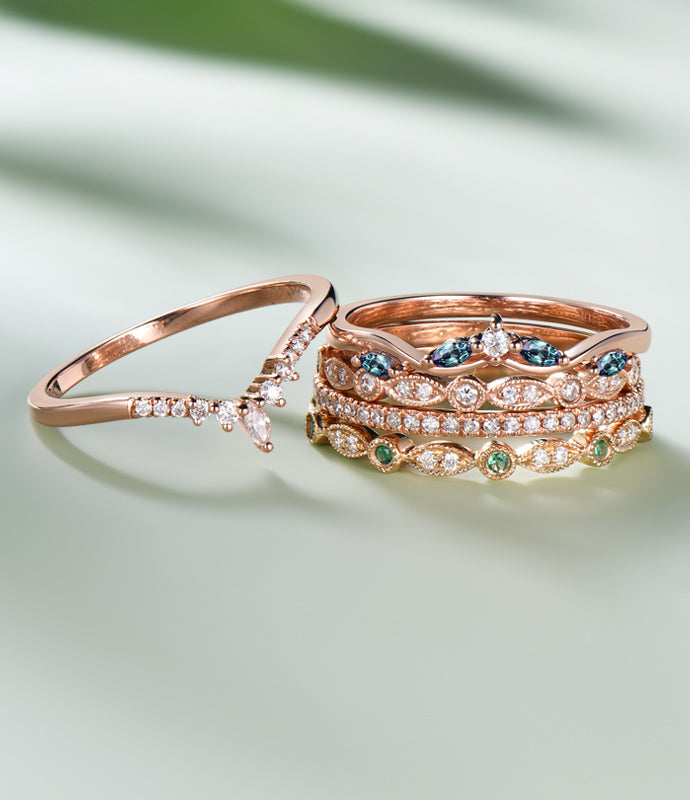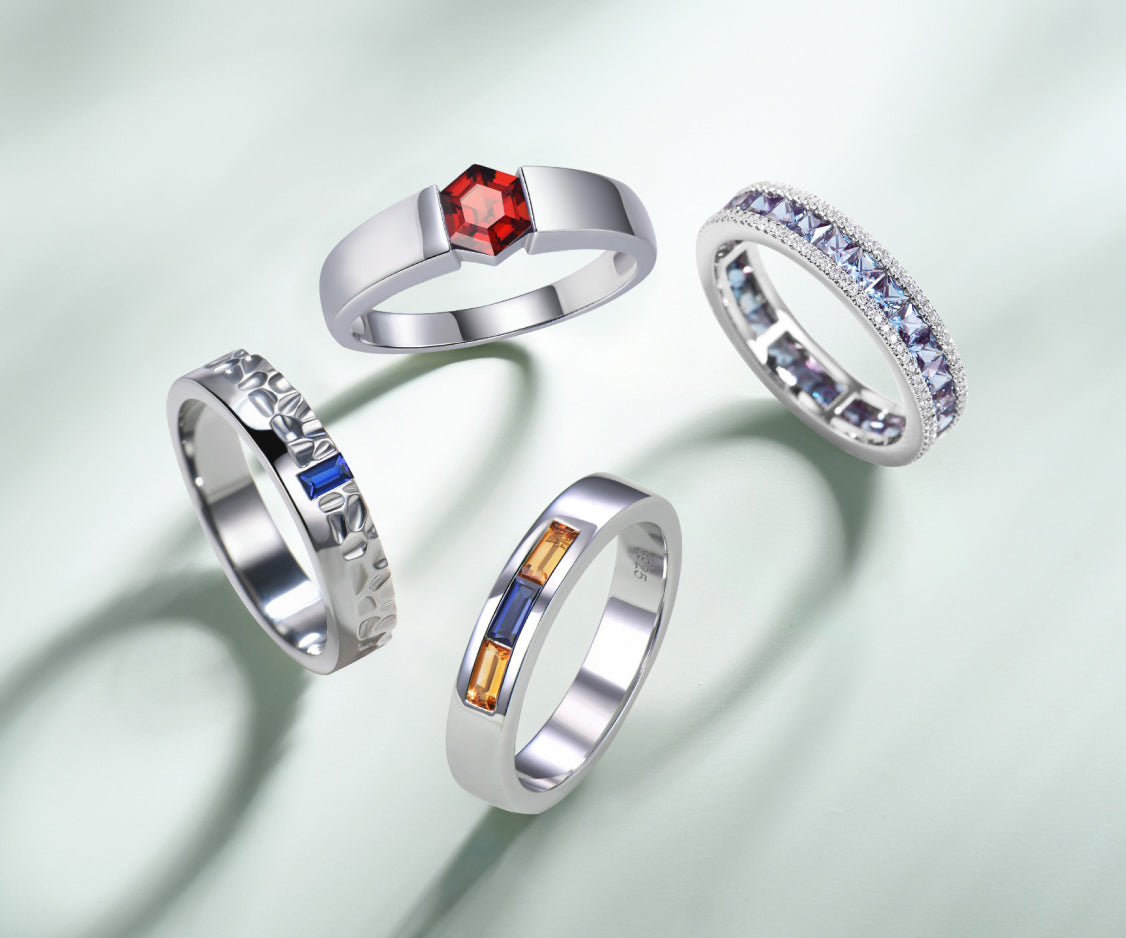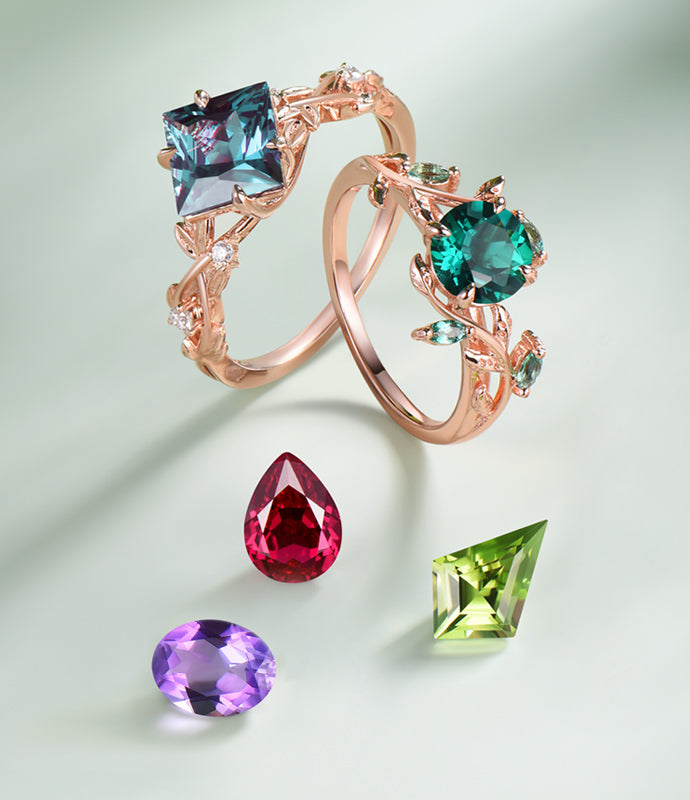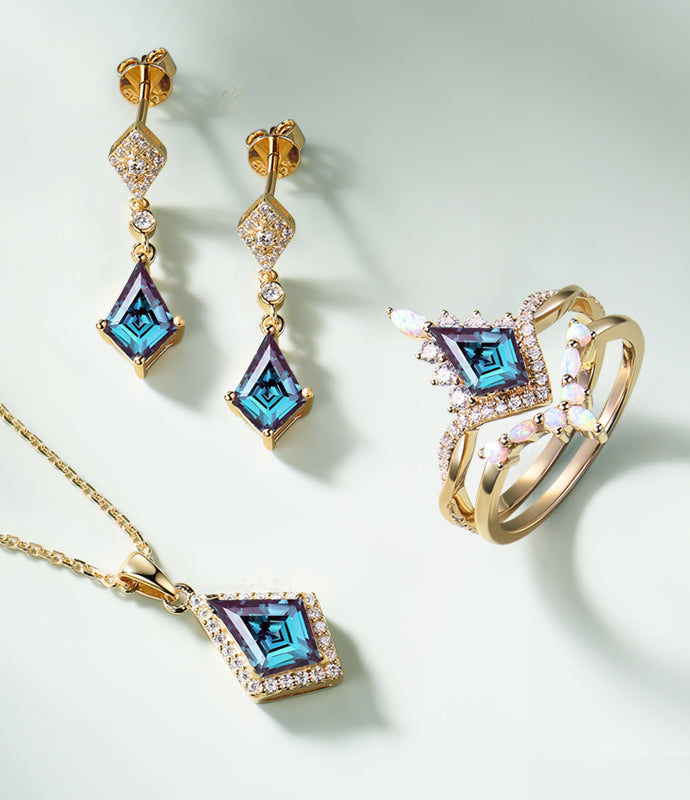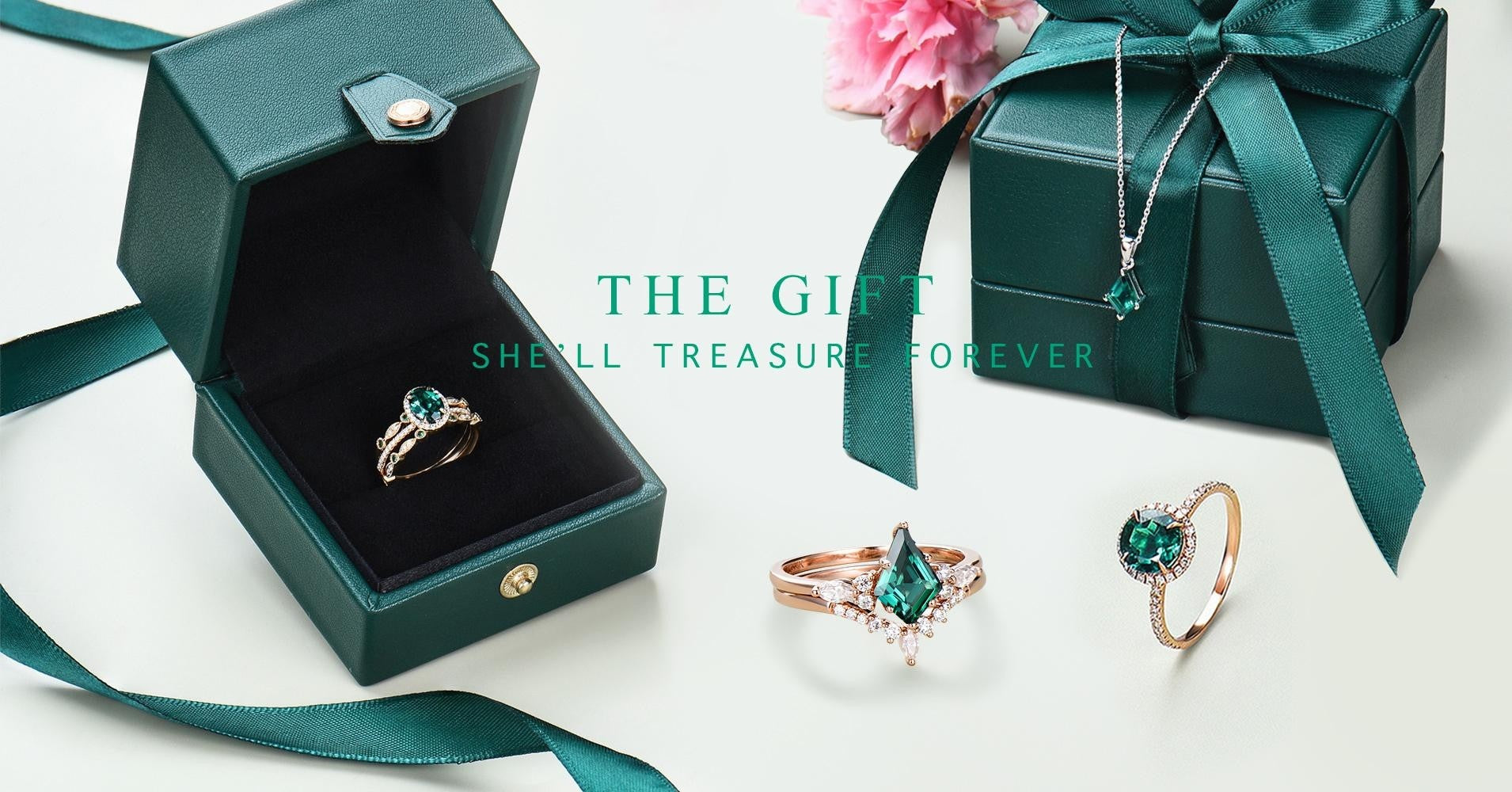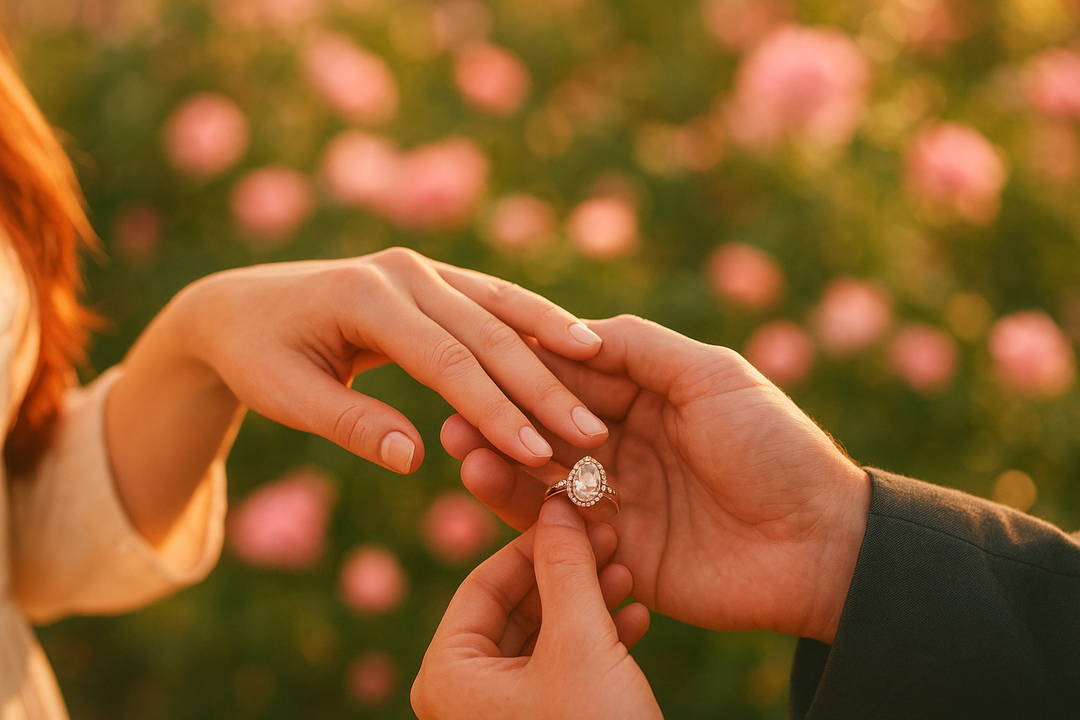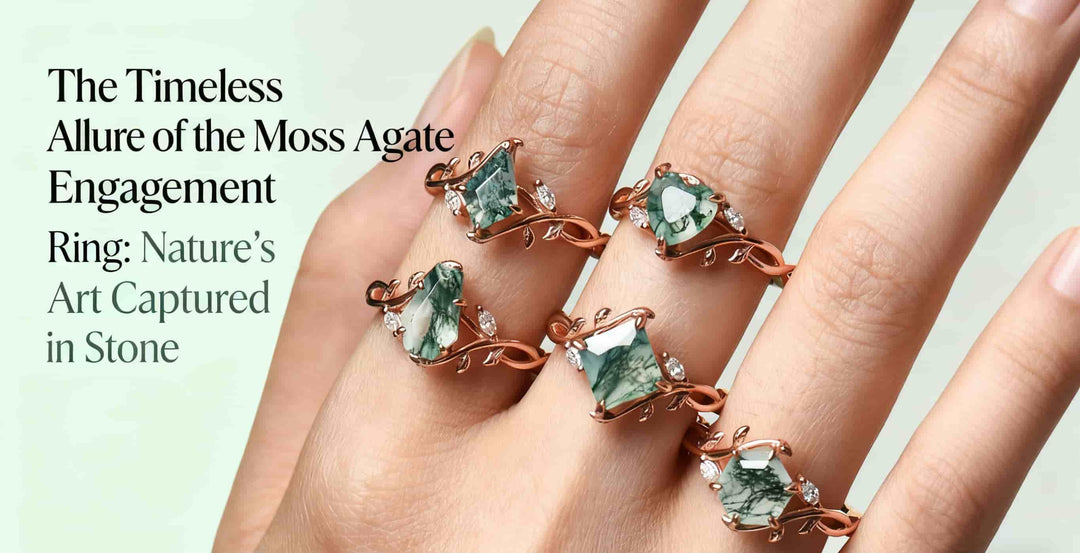How To Choose The Best Colored Gemstones For Engagement Rings
Although diamonds have become the classic stone of choice for engagement rings, there are many beautiful, sparkly, and durable gems like diamonds out there. Whether timeless natural stones or lab-grown stones, here’s a round-up of how to choose the best-colored gemstones for engagement rings.
What to keep in mind when choosing gemstones for an engagement ring
When choosing a gemstone for an engagement ring, it’s a good idea to go for stones that are at least 7 on the Mohs scale, especially since this is something that you will be wearing every day. But if something softer is what you are looking at, like pears or opals, go for settings that have the stone set into the ring, but remember to take it off when doing activities that might tarnish it, like washing the dishes.
Having said that, let’s get into it.
Alexandrite
This is a beautiful gemstone with a bluish-purple color (although it can have other colors) and from the chrysoberyl family. This gem ranks 8.5 on the Mohs scale because of its durability, which makes it a great engagement ring stone. It has grown more stylish in recent times as demand for colored gemstones for engagement and wedding rings is on the rise. The stone is found in almost all the continents of the planet in places like Brazil, Tanzania, India, and Russia, among other places. There are lab-grown varieties of alexandrite, which are more affordable.
Emerald
When it comes to engagement rings, emeralds have always been a popular choice for colored stone. This vivid green stone is versatile and makes for a great look in a contemporary ring setting. Emerald is a form of beryl and reaches up to 8 on the Mohs scale of hardness. The emerald cut is best suited for the gemstone, as obvious from the name. A well-cut emerald stone is extremely dazzling.
Garnet
A category of red-precious stones with a browner hue compared to rubies fall under garnets. These stones are mostly found in antique jewelry but are making a statement comeback in engagement rings today. They are not quite as hard as emeralds or rubies, and because of this don’t cost as much.
Onyx
Onyx is a sub-variety of the mineral chalcedony, a form of microcrystalline quartz. It was mostly in the early 1900s but has risen as a great engagement ring option today. It was generally featured as a cabochon-style jewel rather than a faceted gem. There’s an elegance and timelessness to these highly polished black stones. When paired with diamonds or emeralds, onyx can be particularly striking. It rates 6 to 7 on the Mohs scale, which makes it fairly durable and must be treated with extra care.
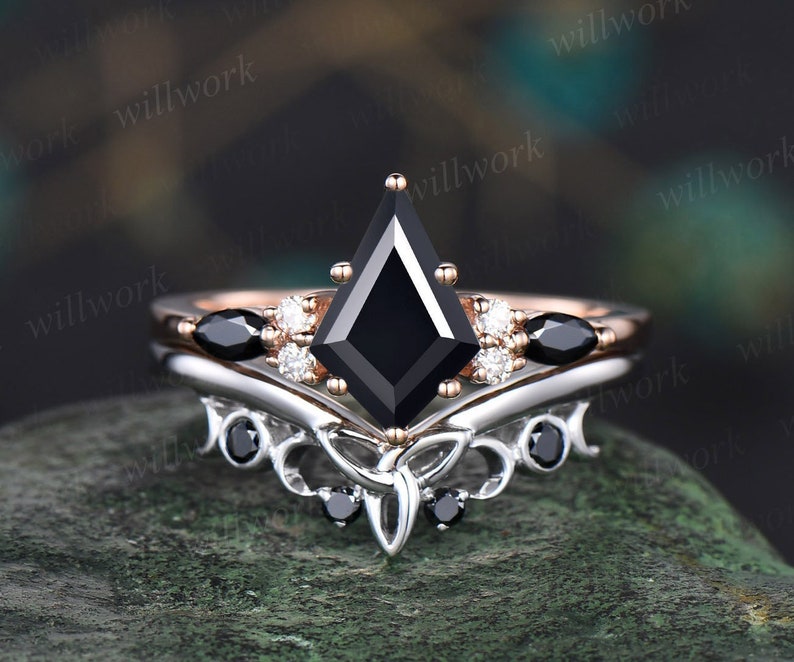
Prasiolite
Derived from heating amethyst, prasiolite is a pale green quartz stone that has also been called green amethyst. The process that gives rise to the stone can occur either naturally or is made in the lab. Prasiolite ranks 7 on the Mohs scale, which means it is a durable stone and makes a great color stone of choice for engagement or wedding rings.
Rose Quartz
This beautiful stone sports a pretty pink color but can sometimes be cloudy in color. It is a great stone that is increasingly being paired with other precious stones for beautiful engagement rings by modern designers. At 7 on the Mohs scale, rose quartz is quite hardy, but always be sure you are getting the right stone as fakes abound.
Rubies
Talk about luxury jewelry, and the first gemstone that comes to mind is ruby. This vibrant red precious stone is so elegant and unique that it is perfect as an engagement ring gemstone. Rated 9 on the Mohs scale, this stone is one of the most durable stones on the planet, and they can often be as valuable as diamonds. It is crucial to take time to choose ruby of the highest quality. To get the best stone, look for a vibrant red hue and one that is as clear as possible. Also, remember to ask if there has been any heat treatment on your stone to improve its color. Jewelers are obliged to provide this information.
Sapphire
Another gemstone associated with luxury and opulence is the sapphire. This gemstone has risen in popularity over several years as the go-to engagement stone, next to diamond. The blue color is most associated with sapphire, but they also come in many other color varieties, which range from yellow to green, pink, purple, peach, among others. White sapphires have been used as a more affordable alternative to diamonds. At 9 on the Mohs scale, this is a quite hardy stone, which makes it a fitting option for engagement and wedding rings that will be worn almost all the time because it will hardly scratch or break.
Moss Agate
Lastly, Moss Agate is another variety of chalcedony, although its name also suggests it’s part of the agate family. It has a beautiful green color variety like moss but can also come in brown or black shades. Because of its predominantly green color, it is believed to offer a soothing and uplifting vibe as well as creating a feeling of the abundance of nature, which makes it a great engagement ring stone, especially for a significant other that cherishes nature. It is believed to have other metaphysical properties as well. You can find moss agate in the USA, Brazil, Uruguay, India, and Africa. At a 7 rating on the Mohs scale of hardness, Moss Agate is a fairly hard stone but can easily scratch other stones if kept together with them.




